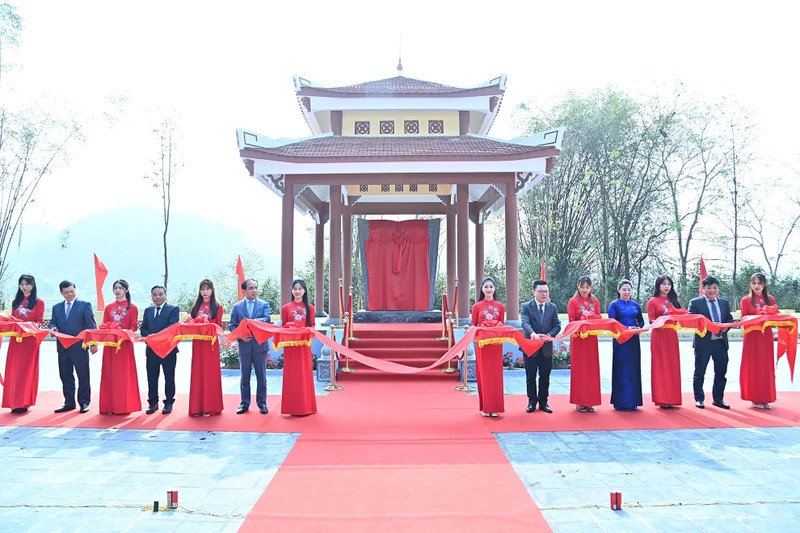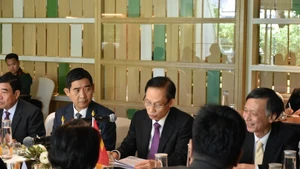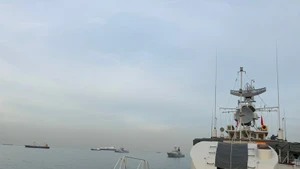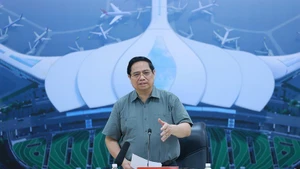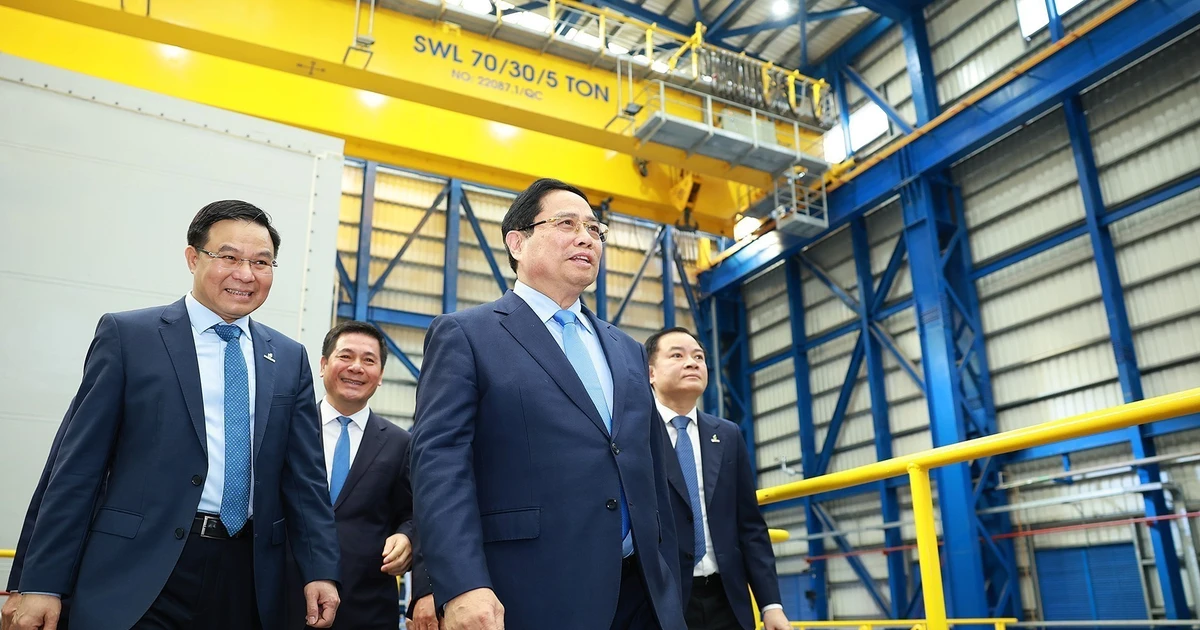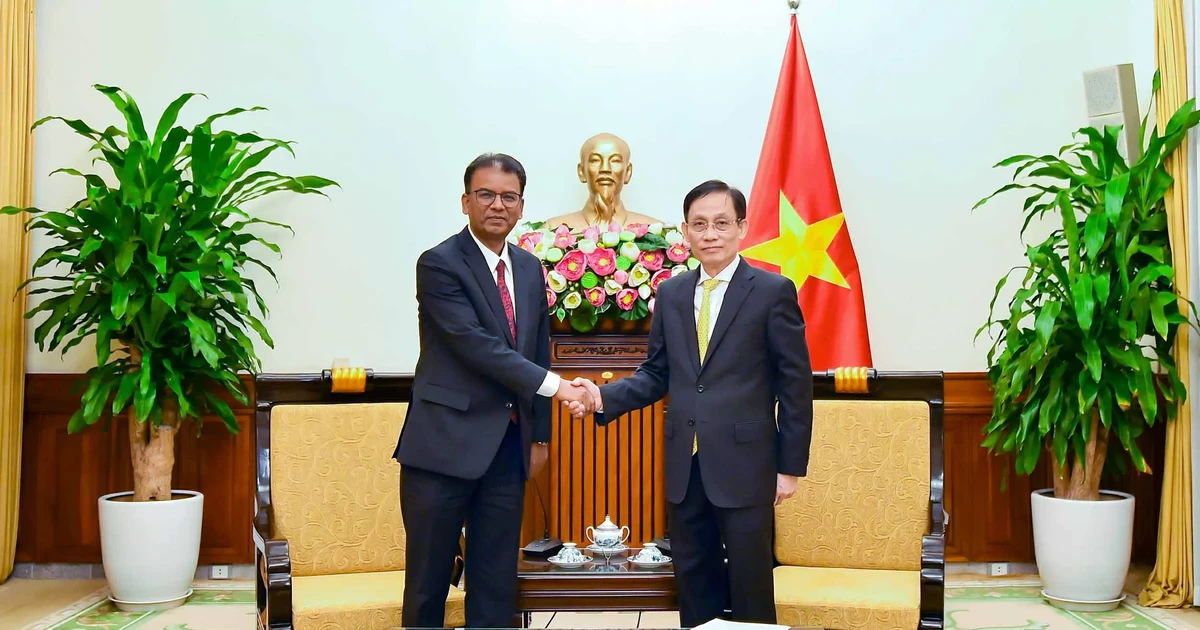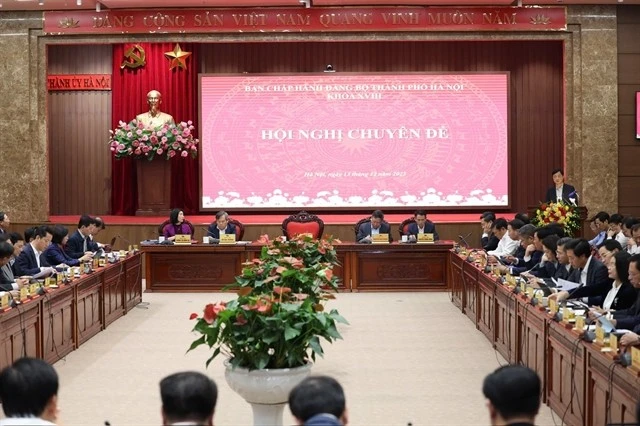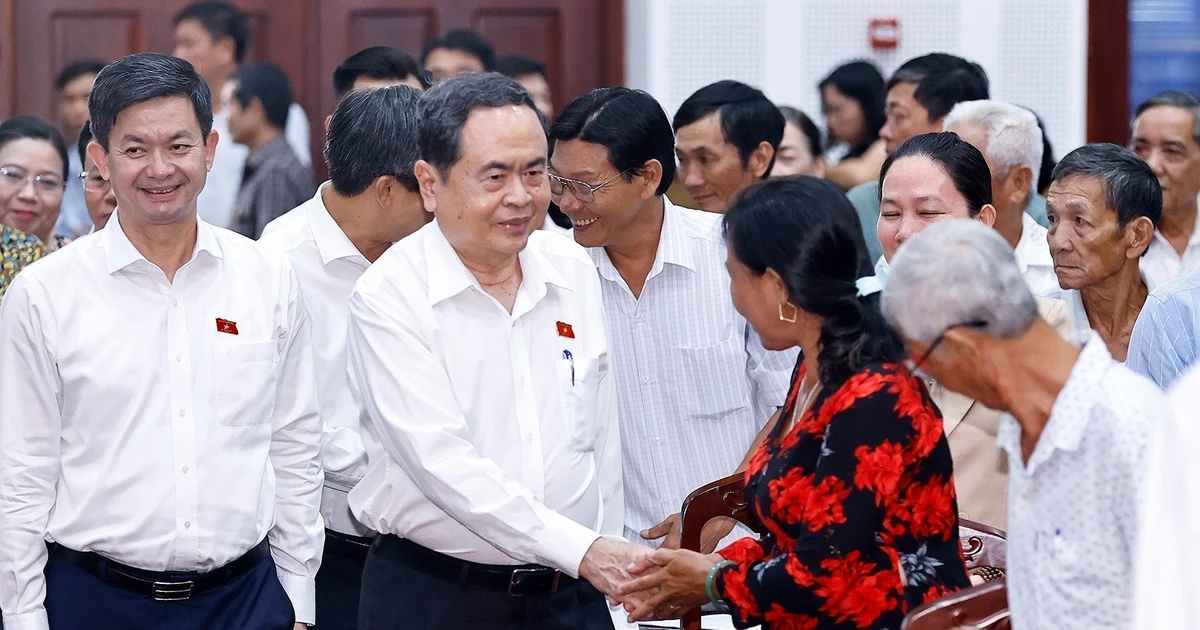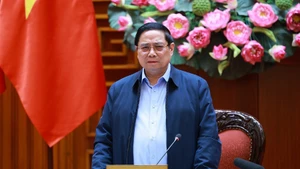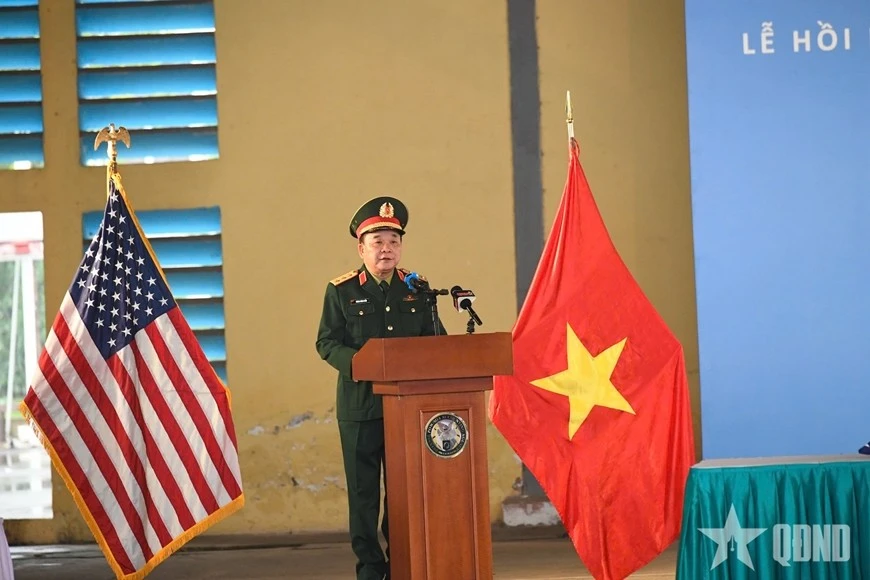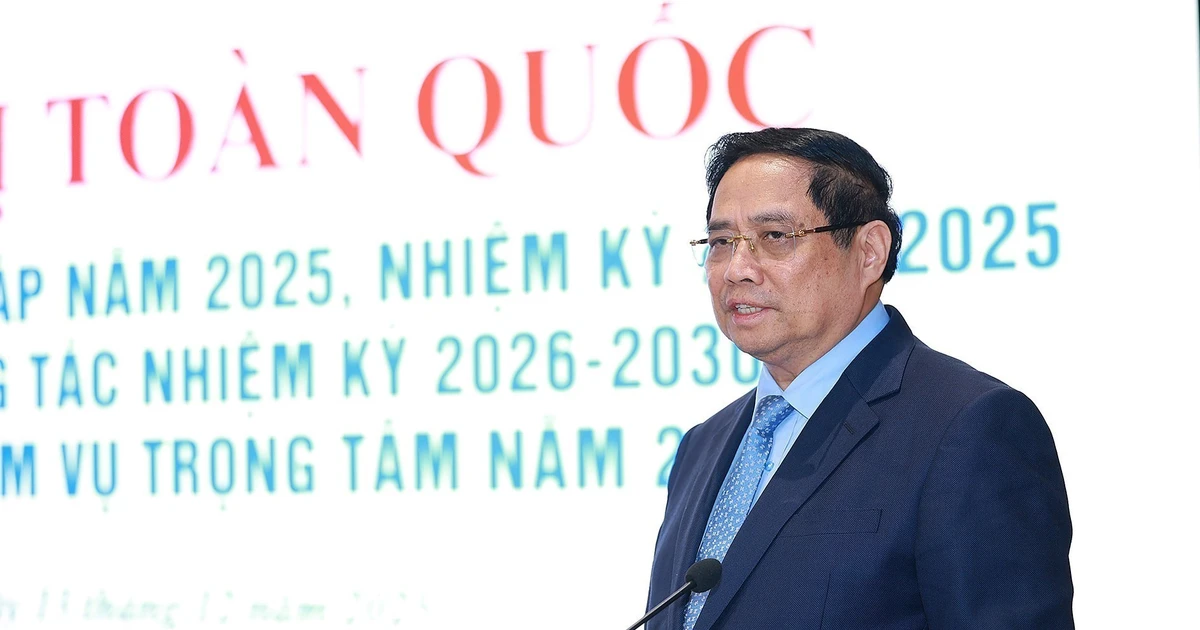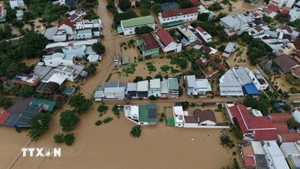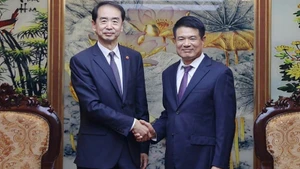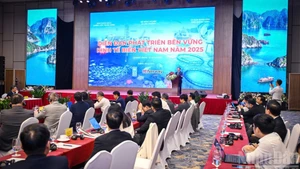The Kim Binh Special National Relic Site was the venue for the second National Congress of the Party in February 1951 — the first congress held within the country and the only one ever organised outside the capital, Hanoi. The congress passed a resolution approving the publication of Nhan Dan Newspaper — the central organ of the Vietnam Workers’ Party. Since then, Kim Binh has been regarded as the birthplace of Nhan Dan Newspaper.
Identifying the location of the historical site
During the resistance against French colonial rule, from September 1953 until the departure from Tuyen Quang to reclaim Hanoi, the historic land in Na Loi Forest, Khuon Dien Hamlet, Kim Quan Commune, was chosen as the residence and workplace of President Ho Chi Minh, General Secretary Truong Chinh, and Deputy Prime Minister Pham Van Dong, as well as key central agencies such as the Office of the Party Central Committee and the Party Central Committee’s Organisation Commission.
It was here that the Politburo convened and made critical decisions, including: the resolution to “thoroughly implement the strategy of sure and decisive victory, ensuring total success for the Dien Bien Phu Campaign” (April 19, 1954); the Government Council meeting to discuss political, military, diplomatic, and economic issues (May 15-16, 1954); and the 6th expanded session of the Party Central Committee (2nd tenure), which decided to transition Vietnam’s revolution from “resistance until the end” to a new phase, implementing the slogan of peace “reunification, independence and democracy” (July 16-18, 1954).
From this location, then Deputy Prime Minister Pham Van Dong, head of the Democratic Republic of Vietnam delegation, departed for the Geneva Conference to negotiate the cessation of war and the restoration of peace in Indochina.
To quickly receive and disseminate the Party’s directives and President Ho Chi Minh’s instructions, the Nhan Dan Editorial Board was also relocated to Khuon Dien Hamlet alongside the central leadership agencies. Journalist Le Binh, former Deputy Editor-in-Chief and reporter at the 2nd National Congress of the Party, who worked for Nhan Dan since its early days, once shared during a visit to Kim Binh that the Editorial Board moved across several locations, including Kien Dai (Chiem Hoa District, Tuyen Quang Province), Bac Kan Province, and Thai Nguyen Province. However, they stayed longest and most systematically in Kim Quan, Yen Son. During a visit in 2004, he could not stay long due to work commitments, so he promised to return to Kim Quan later.
In August 2005, Le Binh revisited Tuyen Quang accompanied by journalist Nguyen Tho — a former fourth-year student at the Indochina College of Fine Arts who worked as the designer for the hall of the Party’s second Congress and one of the first class of reporters for the newspaper, later becoming the Head of the Editorial Secretariat of Nhan Dan newspaper.
During their time in Tuyen Quang, they, along with journalist Nguyen Viet Thanh — then Director of the Department of Culture and Sports and former Editor-in-Chief of Tuyen Quang Newspaper — made several trips to Kim Quan to identify the editorial board’s former headquarters. However, due to significant changes in the landscape, the search was unsuccessful.
Before leaving for Hanoi, Le Binh reflected deeply, recalling that the editorial board’s first location in Kim Quan was about 1-2 km from where “the Elders” (Party leaders) stayed — today, this is the far end of Khuon Dien Hamlet. However, due to logistical difficulties, the editorial board was later relocated to the Na Loi Forest under the directive of Hoang Tung, then Chief of the Party Central Committee Office.
He vividly remembered that from the Editorial Board’s headquarters to the Party Central Committee Office, one had to pass by the Party Central Committee’s Organisation Commission structure — a short distance that could be covered within the time it took to smoke a cigarette. Behind their residence flowed a river, and more than 50 years ago, this area was a dense ancient forest. Now, the forest has mostly disappeared, replaced by wide automobile roads, making it difficult to quickly pinpoint the exact location.
After multiple returns and thorough research, the team finally identified the former site of the editorial board, with remnants of house foundations and kitchen areas. This is the exact location where Nhan Dan Newspaper now built the memorial.
In 2006, the Nhan Dan Editorial Board site was marked with a commemorative stele by Tuyen Quang Museum.
A special address for the Party’s newspaper
On October 4, 2022, the Nhan Dan Editorial Board formally requested approval from Tuyen Quang Province to construct a memorial at the historical site. With strong support from the provincial Party Committee, People’s Committee leaders, and relevant authorities. Tuyen Quang Province approved the proposal on October 24.
Design and construction planning proceeded swiftly, and by February 28, 2023, the memorial house was completed on a site covering over 1,200 square meters. It is located near the Kim Quan National Historic Site, surrounded by lush greenery, harmoniously blending the built structure with the natural landscape.
The commemorative stele bears the following inscription:
“Here, the Nhan Dan Editorial Board resided and worked from September 1953 to July 1954.
During this period, Nhan Dan Newspaper regularly published issues reflecting domestic and international affairs. The newspaper conveyed the voice of the Party and Government to all cadres, Party members, and soldiers nationwide, contributing to the final victory of the resistance war against French colonial rule.”
The inauguration of this project, coinciding with the 72nd anniversary of Nhan Dan’s first issue (March 11, 1951 –2023), carries profound significance. It expresses deep gratitude to the nation’s resistance struggle, the Party committee, and the local people. Moreover, it transforms the site of the Nhan Dan Editorial Board’s former headquarters into a historical education centre for future generations of Nhan Dan journalists, further enriching the revolutionary legacy of this historic region.
